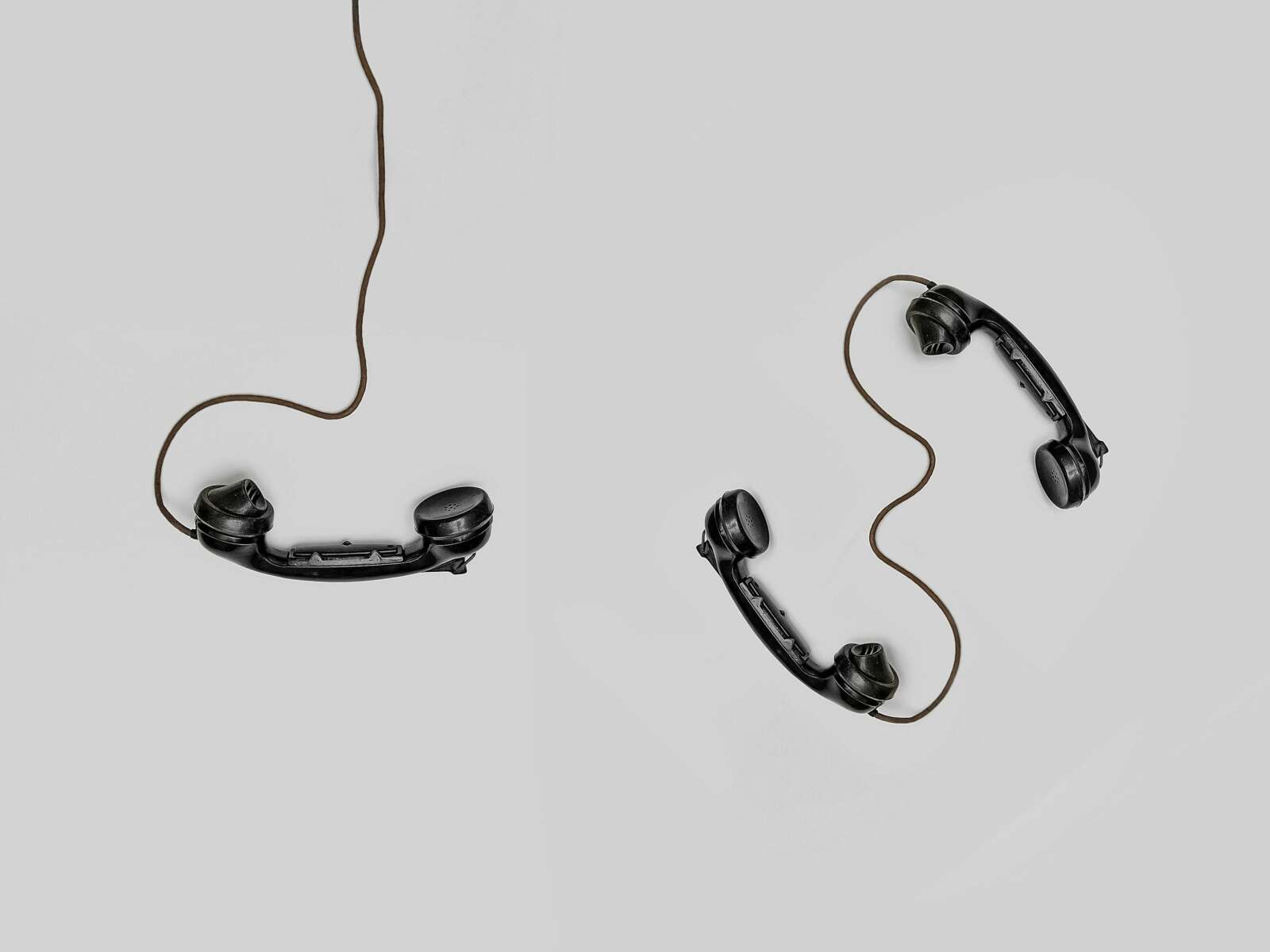Although I am able to speak and hear relatively well with the degree of hearing impairment I have, I have found communicating via phone call with unfamiliar people quite difficult throughout my life. As a small child up until my early teen years, this wasn’t a huge deal as I was still young enough that having my mother speak for me on my behalf was still accepted. Calls between myself and my mother, stepfather, and grandparents were no issue as I was very familiar with their voices.
But as I got older and took charge of more aspects of my life, this became a little more cumbersome and awkward. Some situations that came up were of people on the other end of the call requiring me to confirm my identity by speaking directly to them, however I often couldn’t hear what they were saying. As a result, sometimes having to lipread my mother silently repeating what they were saying while speaking to the person was the only solution. Not always ideal, but sometimes it had to be done.
During my high school years, I boarded at Kelston Deaf Education Centre (now Ko Taku Reo) and had support from the Deaf Unit attached to Kelston Girls’ College when attending mainstream classes at school. This meant I was fully immersed in the Deaf world and a New Zealand Sign Language environment which gave me the opportunity to learn from Deaf adults around me, many of whom were staff members of the boarding houses, and teachers or teacher aides at the high school. Being immersed in this world meant that I learnt of various ways and techniques of utilizing resources and support available to Deaf people (such as the code for the old teletext captions before the system moved to digital captions and teletext was phased out completely in Aotearoa) in order to be fully independent.
Reflecting on this now in my mid-20s, I feel that these experiences, although small in the grand scheme of things, were quite important and useful as the teen years are a time of going through this process but with some differences from most teenagers due to being deaf.
One tool I was introduced to during my time at KDEC was the New Zealand Video Interpreting Service or NZVIS. This service allows Deaf NZSL users to sign what they want to say using a webcam via Skype and the interpreter on the other end of the video call voices what the Deaf person is saying to the person the Deaf person is calling (the interpreter calls the number given by the Deaf person on a phone within their cubicle at the call centre). There is also the option of text or captioned relay services if a deaf user does not know sign language or prefers to type what they want to say.
Having access to the NZVIS was a huge boost to my independence. Without being introduced to this resource by Deaf adults, I would still be relying on family members to do my phone calls for me to this day. In addition, it allows me to keep information between myself and the service or person I am calling without family members being privy to information I may not want them to know (interpreters are bound by a code of ethics to not disclose information they may hear while relaying calls). However, even with having and using this resource available to me, it hasn’t been without challenges.
“Having access to the NZVIS was a huge boost to my independence. Without being introduced to this resource by Deaf adults, I would still be relying on family members to do my phone calls for me to this day. ”
One such example is when I tried to get a quote for car insurance as due to the fine details of what I needed (disability adaptations fitted to the car), I wasn’t able to do this through an online quote and had to ring the insurance company. During the call with the insurance company, the person on the other end seemed confused by the fact that I was calling using the NZVIS and that the voice of the interpreter speaking for me was not actually my own voice, meaning they felt unable to disclose or give any information regarding a quote. This amused me (and the interpreter, judging from their facial expressions!) as I wasn’t trying to purchase insurance, which is legally binding once completed. After repeated assurances and statements from myself and the interpreter that I did not want to agree to or purchase an insurance contract and was only after a quote, I decided it would be best to end the call.
Situations like the previously mentioned have not been uncommon in my experience when using the NZVIS and I do understand it comes down to lack of awareness regarding what the NZVIS is. Particularly for places like call centres with a high employee turnover rate and training may not always include informing employees of services like the NZVIS. This can be made more challenging when companies outsource to call centres that are not based in Aotearoa and also may not be familiar with society here and the support systems available.
I have also found in my experience that some people simply refuse to continue with the call or hang up after a few seconds after being informed that a Deaf person is calling via the NZVIS. From reading blogs and articles from other Deaf people who have gone through similar situations, I can only assume that these people may think it is a scam or marketing call. Sometimes this is immediately resolved by calling back a second time and explaining who I am and what the NZVIS service is and people usually understand. Other times I have had to email the business or person directly if I am able to and explain I tried to call but was not successful before explaining what support or service I am after.
However, it is not all doom and gloom. I have found that government departments in Aotearoa are usually very understanding and responsive when I call via the NZVIS. I can only assume this is from their own prior experience with other Deaf people calling via the NZVIS in combination with training. Sometimes there are small hiccups such as when the person at the department or call center “freezes” and hurriedly asks for the interpreter’s company identification or puts the call on hold to speak with a supervisor to check if it is okay to go ahead with the call. But compared to other experiences I have been through, as long as they willingly stay on the line while checking things, these hiccups are all part of the learning experience for everyone and hopefully make the call for the next d/Deaf person an easier experience.
I believe we still have a long way to go when it comes to raising awareness about alternative ways of communicating when the standard ways are not possible or always accessible for many, d/Deaf or not. Despite the increasing avoidance of using or doing phone calls amongst Gen Z (which I am an ancient member of), the necessity to be able to phone a business or person for whatever reason outside of socialization most likely will never disappear completely as sometimes it is easier to call and talk for a few minutes as opposed to a lengthy exchange via many emails or messages.
I am still hugely grateful that a service such as the NZVIS exists and for being roughly fluent in NZSL as without those two things, I would not be able to be as independent as I am now. I am hopeful for the future though, as although automatically generated captions are and have generally been terrible, the rise of social media platforms such as TikTok and their own intellectual property such as the software that generates automated captions for videos - which is usually hugely better than other social media platforms such as Facebook or YouTube - makes me believe that with the leaps and bounds to come for technology, access for d/Deaf when using phone calls may become easier and it probably won’t be too long before phone companies are offering a service where artificial intelligence or intuitive software assist people with phone calls in ways such as live transcribing the call that will inevitably benefit d/Deaf people, even if the service is not solely for d/Deaf people.
*Gaby prefers to use the term hearing impaired when referring to herself and all opinions and statements made in this article are her own.

